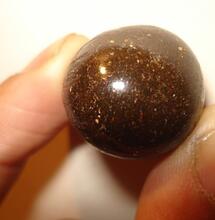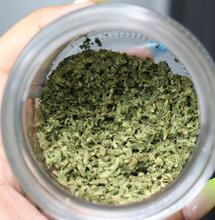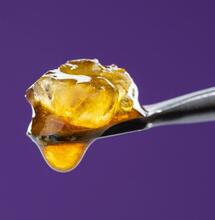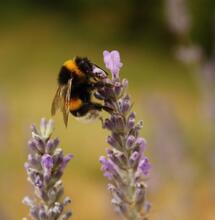How to Roll a More Potent Joint?
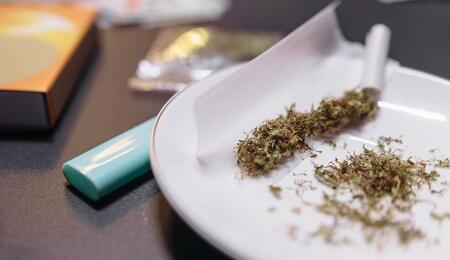
Everyone has their own technique or preferred method on how to roll the ideal joint. Some like it slimmer and tighter, others more loose and perhaps mixed with tobacco. Whatever works. Nevertheless, researchers thought to prove a point and they went for a more-or-less bizarre study to find out which joints are the best. Specifically, they looked at how particle sizing affects the quantity of cannabinoids delivered through smoking, while also using a smoking machine to test the intensity of the weed rolled into the joints.
As pre-rolls are taking over the legal cannabis market, scientists at Delic Labs, a Vancouver-based cannabis and mushrooms research facility, recently experimented to discover how the size of ground-up cannabis flower affects the experience of weed smokers.
They took marijuana ground up into one-, three- and five-millimeter diameter crumbs and dispensed three grams into commercially available pre-rolls. Then they used a "smoke cycle simulator" device that artificially smoked the rolls inhaling several times at a consistent rate. The smoke from the pre-rolls was analyzed for cannabinoid concentration at the beginning, middle and at end of consumption.
A more potent joint? Size (does) matter
The conclusions from this unordinary study were presented in a 4:20 PM session at the Canadian Chemistry Conference and Exhibition in Vancouver earlier this summer.
According to scientists, the most potent hit was produced by the 1 mm cannabis particles. It was these joints that contained the highest amounts of THC and CBD. However, the 1-mm pre-rolls were also smoked the fastest, while the 5-mm joints produced a longer-lasting experience.
The scientific jargon on this problématique is quite eye-popping when you look at the PowerPoint slide shown at the conference. On one of the slides, it says: "Variability observed suggests the importance of improving joint architecture for better consumer experience."
The scientists used a coffee grinder to process the 3 grams of ground cannabis flower, then separated the plant matter by the different particle sizes. Joints contained an average of 0.5 g of flower.
The joints with a 1-mm particle diameter had a 0.67mg THC puff average, while the 5-mm joints produced an average of 0.51mg THC per hit.
The main point of this edgy experiment is to show that the size of the plant material particles put into the joint is incredibly important. Nudging that it's not only enough to select joints based on THC concentration levels.
In addition, the research showed that CBD-dominant strains delivered significantly more of its main cannabinoid per puff compared to THC-rich cultivars.
"The amount of cannabinoid that gets to your mouth is higher for CBD than for THC," Markus Roggen, president of Delic Labs, told Scientific American. "I cannot explain it, but I am very intrigued."
The new Canadian study looked at pre-rolled joints, however, it also seems likely that the size of marijuana particles could as well impact a consumer's experience with other ways of delivery, including vaping dried flower and bongs. Thus, the implications and the impact of this kind of research are still to be seen on how they play out in the cannabis market.
Well, I am not sure about your favorite "joint architecture," but I believe the summer challenge for all of us is now clear. We all have to try and find out ourselves, replicating what the scientists did (perhaps not with a coffee grinder), and see if joints with smaller crumbs are better puffs than joints with slightly bigger crumbs. Please feel free to report your findings somewhere in comments.
More news in Soft Secrets about this:

